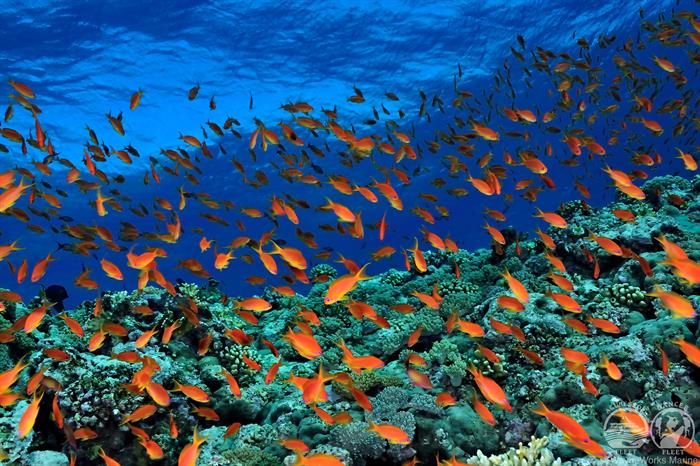The cost of diving in the United States can vary depending on several factors, including the location, the dive operator, and the level of experience of the diver.
Generally, a single dive can cost anywhere from $50 to $150 or more, depending on the location and the operator. Some operators offer package deals that can reduce the cost per dive. For example, a package of 10 dives may cost around $400 to $800.
For those who need to rent equipment, the cost can also vary depending on the type of equipment needed. A full set of rental gear can cost around $50 to $100 per day.
In addition to the cost of diving itself, there may be other expenses to consider, such as transportation, accommodations, and meals. These costs can add up quickly, especially for those traveling to popular dive destinations.
Overall, diving in the United States can be a relatively affordable activity, especially for those who have their own equipment and are able to find good deals on dive packages. However, it's important to budget accordingly and be aware of the various costs involved in order to plan a successful and enjoyable diving trip.
Liveaboards or day trips?
Both liveaboards and day trips are popular options for diving in the United States, offering different benefits depending on the diver's preferences and schedule.
Liveaboards are typically multi-day trips where divers live onboard a boat and dive several times a day at different locations. Liveaboards offer the opportunity to dive in more remote or hard-to-reach locations, and often provide a more immersive diving experience. They also offer the chance to meet other divers and socialize onboard. However, liveaboards can be more expensive and may require more time commitment than day trips.
Day trips are a more flexible option, allowing divers to choose the location and schedule of their dives. Day trips can range from a single dive to a full day of diving, depending on the operator and location. They are typically less expensive than liveaboards and can be a good option for those who are short on time or budget. However, day trips may not provide the same level of immersion and camaraderie as liveaboards.



